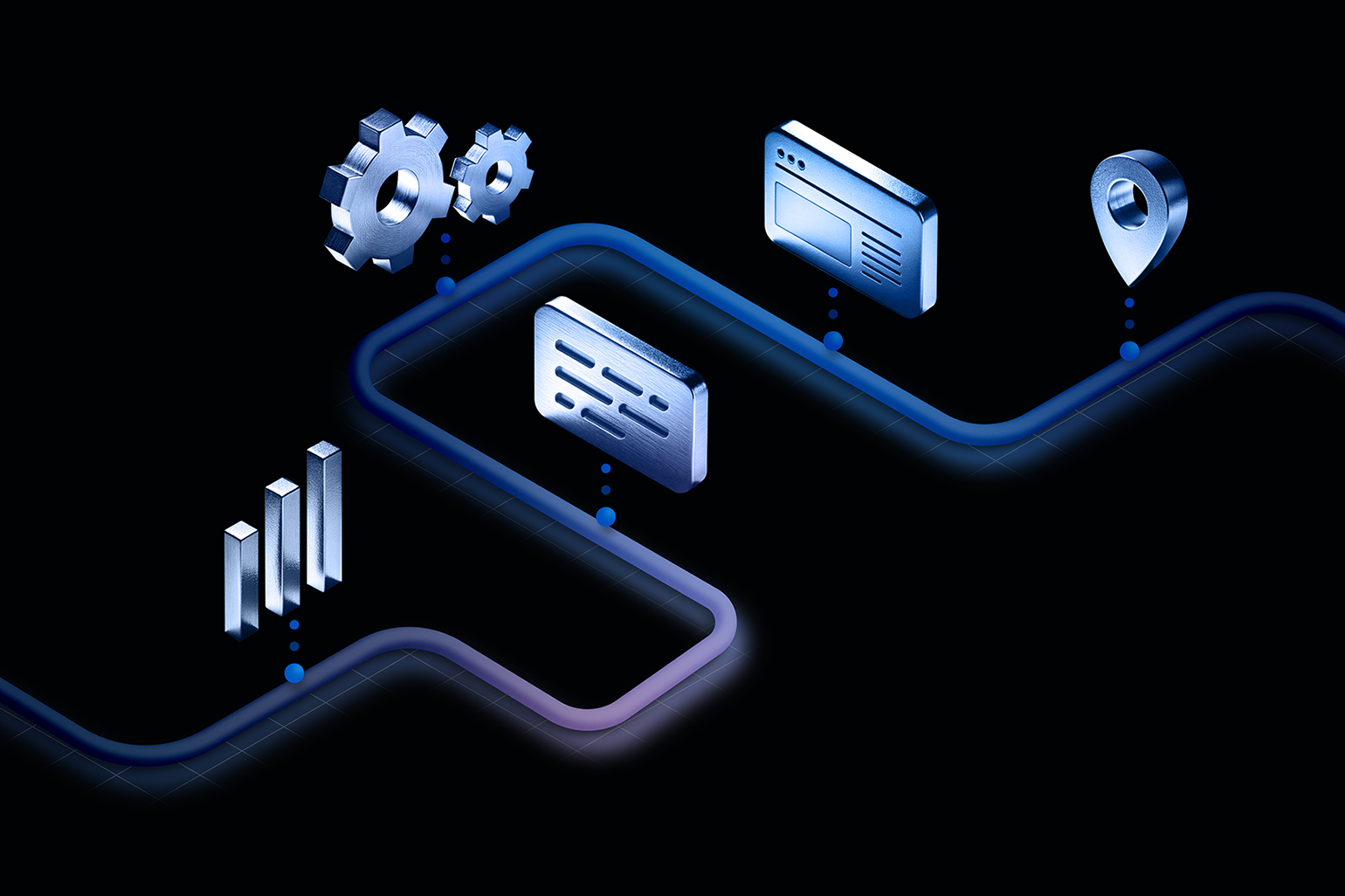Granting users the right to their own content shouldn’t be a revolutionary idea. Period. Social media has been the core of marketing and information circulation for the past decade. Users are becoming ambassadors of a decentralized social media movement leading to the rise in popularity of systems that utilize blockchain technology, including non-fungible tokens (NFTs), cryptocurrencies, and smart contracts.
Data Analytics
Informed decision-making rests on data analytics. Marketers’ ability to leverage a digital ecosystem of contact points between their brand and any population of users has immeasurable potential in a decentralized future. A database record of digital currency activity through platforms such as Chainlink or OnChain would only scratch the surface when it comes to potential use for marketers with expertise in behavioral observation.
Content Creation and Circulation
Content creators have long grappled with how to truly own their work. The minute their creation goes live, it feels out of their protective reach. Protecting the copyright of any one piece of content can be tricky, but authentication is a step toward empowering creatives. Decentralization may be the answer to the age-old question of how to protect a creator’s copyright. Blockchain technology makes it easier to verify the authenticity and rarity of different pieces of art and collector’s items, helping their work maintain value. Content creators may also be able to see more of the proceeds of sales of their art in the long run, even taking a commission when their art gets sold.
If corrupted information appears along the decentralized chain of nodes, it is easier to pinpoint and fix because of the differentiation from the other nodes that are also tracking the information tied to that same piece of work.
Gamification Through Unlikely Tokens
Many brands may begin to tokenize their reward systems, invoking play-to-win marketing tactics in incentivized systems of engagement. Tokens, by nature, offer a link between a digital experience and a tangible reward. If reward-system tokens offer uses similar to cash, they may be more successful. Cross-brand collaboration may incentivize corporations and other keepers of reward tokens to enter into a network of compatible businesses where reward tokens can be redeemed.
Payments
The rise of crypto credit cards, options to pay in crypto on banking platforms, and buy-now-pay-later services such as Klarna, Affirm, and Afterpay have changed the way goods and payments are circulated. The way we make payments and the level at which we decide to consume are changing rapidly. Cryptocurrency dares to address a behavioral shift in the average consumer. Due to cryptocurrency’s large impact, crypto coins are starting to become an option for payment among small and large retailers.
Supply Chain Tracking
Access to a public ledger of logistics and supply chain activity could provide streamlined communications between partners who collaborate on everything from a creative brainstorm to business administration to search engine optimization. Greater integrity of the data being exchanged, backed by the hard-to-hack nature of the blockchain, could mean that partners could work together more efficiently and with the trust that information is accurate and up-to-date. Retailers, food producers and more can use blockchain technology to track every part of the supply chain more efficiently and accurately — for example, to discover where something went wrong.


